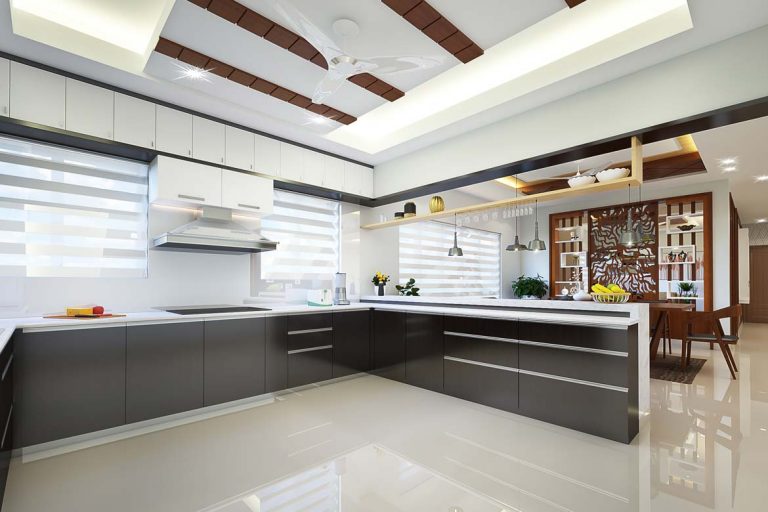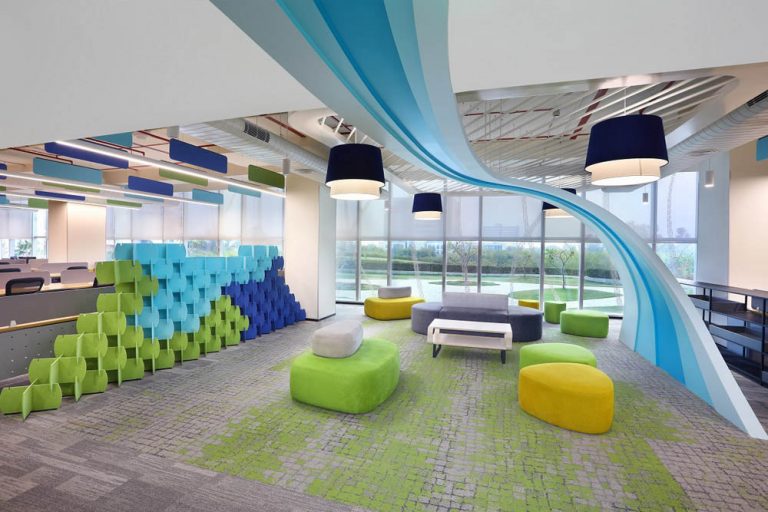
While listing one of the significant components of the house design, the staircase is usually one of the first integral parts to be named. A staircase location within the layout of a new building always constitutes a significant decision as this dictates the layout of the whole property. A staircase or stairway is one or more flights of stairs that lead from one floor to another and includes landings, newel posts, handrails, balustrades, and additional parts that provide a stairwell, a compartment extending vertically through a building in which stairs are placed. So a staircase installation company installs the stairs per the given structure by the people living there and makes a proper stair which looks completely fine with the home.

Benefits of installing staircase:
- Access: the primary purpose of installing stairs is to provide a simple and easy way of moving between levels. In ancient times houses and shelters were made up of only one story, but it was realized that the area above the ground level could be utilized to increase the amount of space a structure could offer. Stairs enabled the users of these buildings to quickly and effectively access upper levels. As the building grew, the staircase swiftly became more necessary.
- Space: staircase has other practical applications besides the obvious. In modern buildings, the staircase can serve as a partition to break sizeable open plan area, as a home sculpture centerpiece, or even as a creative storage option cupboard can also be installed under the stairs, they can be adapted to hold book self and drawers can be installed in the risers.
Why do we need stairs?
Nowadays, we have access to elevators, lifts, and even escalators, meaning that, theoretically, traditional static stairs could be rendered obsolete. While these features make life a great deal more accessible for those who have mobility issue but we still find a staircase in every building which have more than one story
Static staircases are usually much more affordable both to install and maintain. Also, in public buildings, stairs provide an alternative to lifts which means you are not required to wait for the mode of travel to arrive at your floor or to stop for others. Stairs are straightforward structure that doesn’t require any electricity to run, saving our electricity cost and money.
A well-made stair can also last from generation to generation without being replaced, depending on the design. It can be updated, painted, have some design, and updated with the current generation.







